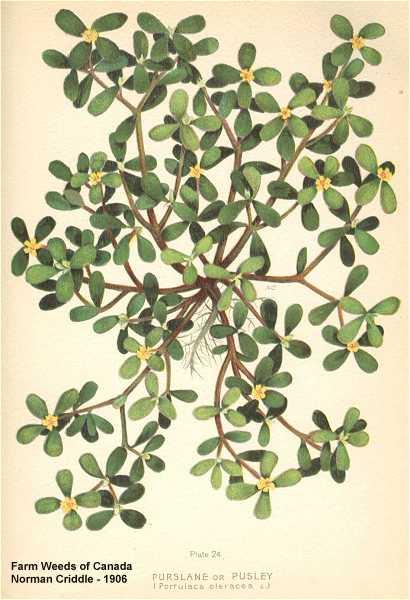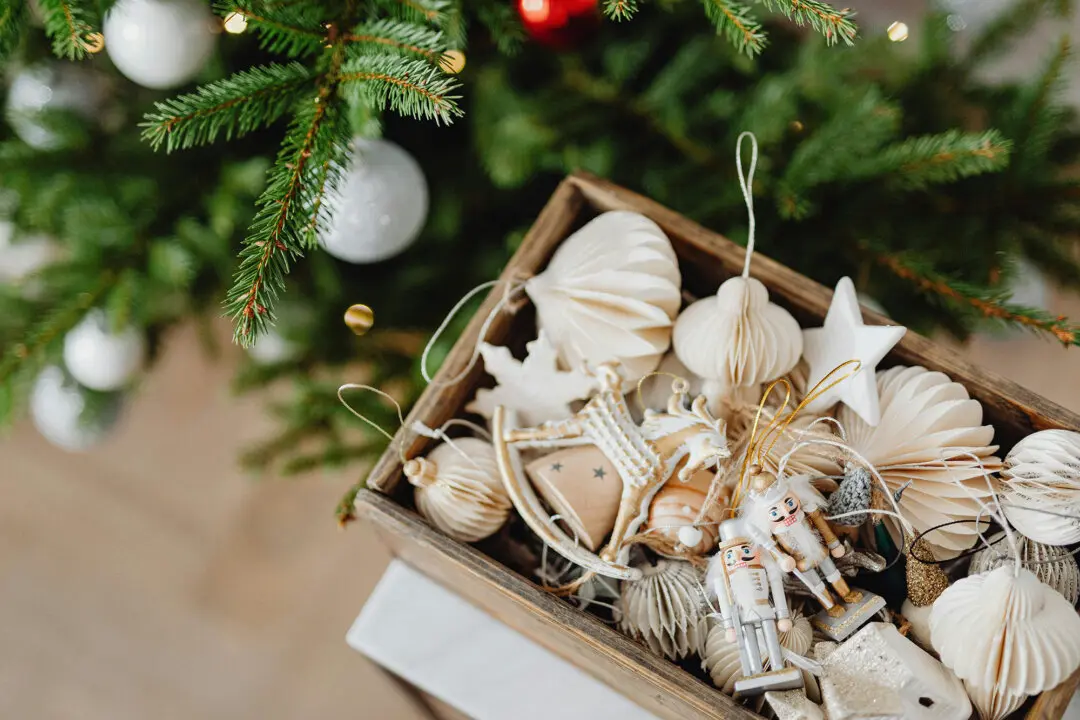Purslane is an exotic new vegetable popping up at farmer’s markets, the green du jour at trendy restaurants, and a very common backyard weed.
This sprawling succulent is something you’ve probably stepped on many times. It has paddle-shaped leaves that look like a jade plant but smaller, and the stems are usually red. Both parts are edible and have a pleasant flavor—crisp and juicy with a mild sourness.
Pursane is believed to have originated from India, but now it grows just about everywhere. If you can’t find any wild purslane (avoid stuff growing where dogs frequent due to contamination), look for it at a Mexican grocery store. Called “verdolagas” in Spanish, purslane is a favorite vegetable of central Mexico. It is used both cooked and raw in salads, salsas, and stews.
Often considered a nuisance to farmers because it spreads fast and is hard to kill, purslane is likely more nutritious than the crops it competes with for space. It is rich in vitamins (A,Bs, and C), minerals (calcium and magnesium), Omega 3 essential fatty acids (mostly ALA, but is also one of the highest vegetable sources of EPA), and other beneficial plant chemicals. It is also exceptionally abundant in beta carotene, vitamin E, and potassium.
Purslane as Medicine
In many parts of the world, purslane is a vegetable as common as broccoli or spinach, and can easily serve as a spinach substitute. But this weed is more than food. It also doubles as a valuable medicine.
Purslane’s hardy character gives insight into its medicinal qualities. Like other succulents, purslane is extremely drought tolerant and can thrive in a hot, dry summer when everything else wilts and turns brown. It is a mucilaginous herb (like okra or aloe, but crisp not slimy), and is good for nourishing people who are overheated and dried out. Purslane’s juicy succulence benefits the skin, eyes, and body fluids.
In China, purslane is called “ma chi xian” which means horse’s teeth amaranth. Chinese herbalists prescribe purslane to rid the body of damp heat and fire toxins, which includes conditions such as urinary tract infections, eczema, and bleeding hemorrhoids. It can also be used topically for snake and insect bites or to soothe itchy rashes.
Persian physicians brought purslane to the West during the Renaissance because of its ability to clear heat, and modern research is just beginning to verify some evidence of its power. Small clinical studies have shown purslane to be effective in treating both dysentery and hookworm parasites. Another study found purslane combined with dandelion resolved nearly all cases of appendicitis.
Some Chinese herbalists consider purslane a longevity tonic because its cool, moist nature nourishes the yin, and also because it is remarkably prolific—each mature plant produces tens of thousands of seeds. It will grow virtually anywhere with at least a two month growing season. If the plant breaks, new roots will regenerate from the pieces. Purslane thrives in clay and other poor, dense soil, or even a sidewalk crack.
Purslane’s Latin botanical name, Portulaca, means little gate or door—a reference to the seed pod. At the end of the summer, these pods crack open with an audible pop, scattering tiny black seeds in all directions for next year’s crop.







